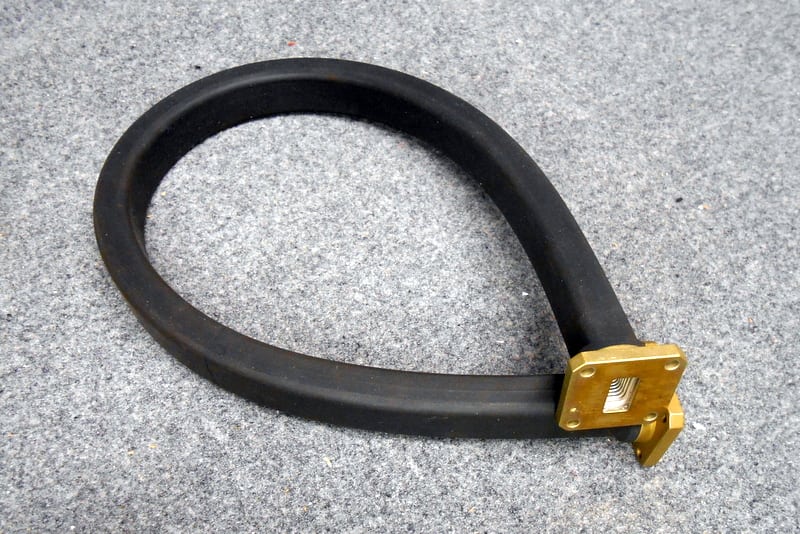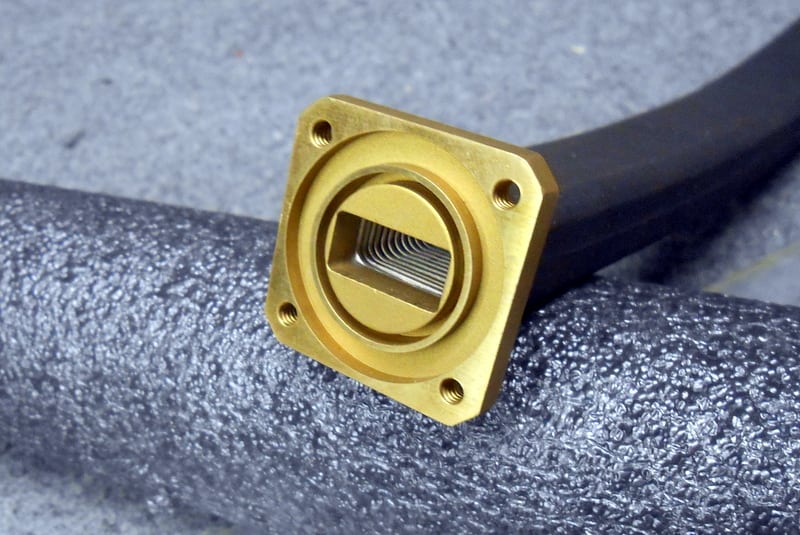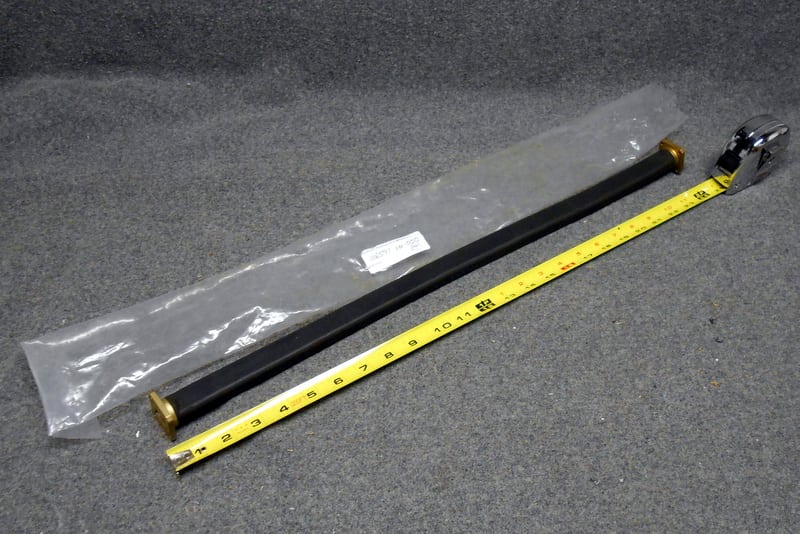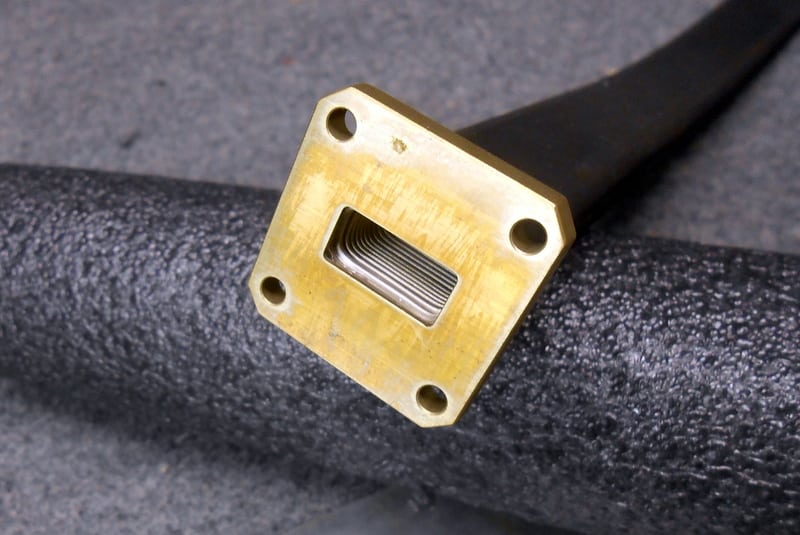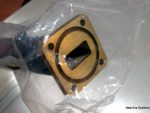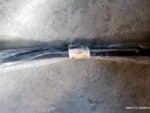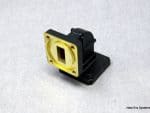Description
AMC WR62 FLEXIBLE WAVEGUIDE 24 INCH
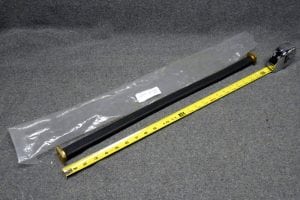
AMC WR62 FLEXIBLE WAVEGUIDE 24 INCH
When you are building up a WR62 waveguide experiment or system, you often end up with two waveguides that you need to connect, but you don’t have a piece that is an exact fit between them, and you don’t have the time and money to fabricate one. Or, perhaps your antenna needs to move with respect to your transmitter, and you don’t want to use a rotary joint. Fear not, there is flexible waveguide for just such an emergency.
Sometimes referred to by the portmanteau “flexguide”, there are three primary types of flexible waveguide. One is flexible and twistable, the second is flexible non-twistable, and the third is flexible seamless. Both flexible twistable and flexible non-twistable waveguide are made from a helically wound silver plated brass strip, and additional mechanical support is offered from a variety of protective jackets.
Flexible seamless waveguide is a thin-walled waveguide tube which is pressed to form the convolutions which allow it to flex – this is not twistable either. Much of the content on this page (and the best pictures) came from Tom Pearce of The Waveguide Solution in the UK. Be sure to visit The Waveguide Solution’s web site and tell them you learned about them on Microwaves101. Many thanks!
Flexible Twistable
Flexible twistable is sealed electrically via a friction joint. This construction has the best twistable performance of all flexguides. The Twistable waveguide will hold limited pressure, but relies on the jacket for pressure sealing. Flex/Twist is not recommended for low passive intermodulation (PIM) applications.
WE BELIEVE THAT THIS IS SEAMLESS FLEXIBLE WAVEGUIDE BECAUSE IT BENDS IN E AND H DIRECTIONS BUT WILL NOT TWIST.
NEW IN ORIGINAL PLASTIC PACKING.
AMC WR62 FLEXABLE WAVEGUIDE 24 INCH
When you are building up a waveguide experiment or system, you often end up with two waveguides that you need to connect, but you don’t have a piece that is an exact fit between them, and you don’t have the time and money to fabricate one. Or, perhaps your antenna needs to move with respect to your transmitter, and you don’t want to use a rotary joint. Fear not, there is flexible waveguide for just such an emergency.
Sometimes referred to by the portmanteau “flexguide”, there are three primary types of flexible waveguide. One is flexible and twistable, the second is flexible non-twistable, and the third is flexible seamless. Both flexible twistable and flexible non-twistable waveguide are made from a helically wound silver plated brass strip, and additional mechanical support is offered from a variety of protective jackets.
Flexible seamless waveguide is a thin-walled waveguide tube which is pressed to form the convolutions which allow it to flex – this is not twistable either. Much of the content on this page (and the best pictures) came from Tom Pearce of The Waveguide Solution in the UK. Be sure to visit The Waveguide Solution’s web site and tell them you learned about them on Microwaves101. Many thanks!
Flexible Twistable
Flexible twistable is sealed electrically via a friction joint. This construction has the best twistable performance of all flexguides. The Twistable waveguide will hold limited pressure, but relies on the jacket for pressure sealing. Flex/Twist is not recommended for low passive intermodulation (PIM) applications.
WE BELIEVE THAT THIS IS SEAMLESS FLEXIABLE WAVEGUIDE BECAUSE IT BENDS IN E AND H DIRECTIONS BUT WILL NOT TWIST. NEW IN ORIGINAL PLASTIC PACKING.
NEW ERA SYSTEMS IS A WONDERFUL PLACE TO PURCHASE ALL KINDS OF SATELLITE EQUIPMENT.



